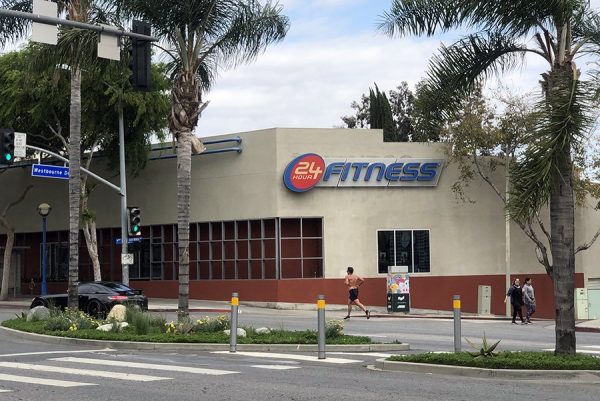
City News Service
A new study of nearly 50,000 people with COVID-19 shows that regular physical activity provides strong protection frorm hospitalization, intensive care unit admission and death, and that even exercising inconsistently lowers the odds for severe outcomes when compared to people who are not active at all.
“This is a wake-up call for the importance of healthy lifestyles and especially physical activity,” said Dr. Robert E. Sallis, a family and sports medicine physician at Kaiser Permanente Fontana Medical Center.
“KaiserPermanente’s motivation is to keep people healthy, and this study truly shows how important that is during this pandemic and beyond. People who regularly exercise had the best chance of beating COVID-19, while people who were inactive did much worse.”
The study, led by Kaiser Permanente Southern California investigators, was published Thursday in the British Journal of Sports Medicine.
“KaiserPermanente’s motivation is to keep people healthy, and this study truly shows how important that is during this pandemic and beyond. People who regularly exercise had the best chance of beating COVID-19, while people who were inactive did much worse.”
at Kaiser Permanente Fontana Medical Center.
To study the effect of exercise on COVID-19 outcomes, the researchers identified 48,440 adults with a COVID-19 diagnosis from Jan. 1 to Oct. 21 last year who had two or more measurements of their “Exercise Vital Sign” between
March 2018 and March 2020.
The Exercise Vital Sign measurement has been used at every outpatient encounter within Kaiser Permanente Southern California since 2009. To get the
measurement, patients are asked how many days a week they engage in moderate to strenuous exercise and, on average, how many minutes they engage in exercise at that level. The responses are recorded in each patient’s electronic health
record.
The patients in the study — nearly 62% of them were women — had a median age of 47 and reflected the diverse racial makeup of the Southern California population, according to Kaiser Permanente.
Of the total cohort, 6.4% were consistently active and 14.4% were consistently inactive, with the remainder falling in the inconsistently active category. Among all COVID-19 patients, 8.6% were hospitalized, 2.4% were admitted to the ICU, and 1.6% died.
The results of the study show inactivity is strongly associated with poor COVID-19 outcomes,” according to a Kaiser statement. “Physical activity provided strong protection from hospitalization, ICU admission and death among COVID-19 patients. Being consistently inactive more than doubled the odds of hospitalization compared with being consistently active.”
The study found that patients who were consistently inactive had 1.73
times greater odds of ICU admission than those who were consistently active,
and their odds for death were 2.49 times greater.
Other than being over age 60 or having a history of organ transplant,
being consistently inactive conferred the highest risk for death from COVID-19.
Even patients who were inconsistently active had lower odds for severe COVID-19
when compared to those who were consistently inactive, suggesting any amount of physical activity has benefit.
“What surprised me the most from this study was the strength of them association between inactivity and poor outcomes from COVID-19,” said study co-author Deborah Rohm Young, of the Kaiser Permanente Southern California
Department of Research & Evaluation.
“Even after we included variables such as
obesity and smoking in the analysis, we still saw inactivity was strongly associated with much higher odds of hospitalization, ICU admission, and death
compared with moderate physical activity or any activity at all.”
Sallis said his prescription is straightforward:
‘Walk 30 minutes a day, five days a week at a moderate pace and that will give you a tremendous protective effect against COVID-19.” He added that the way someone can gauge whether they are walking at a moderate pace is that they are too winded to sing but can still talk.
“I continue to believe that exercise is medicine that everyone should
take,” Sallis said. “especially in this era of COVID-19.”
